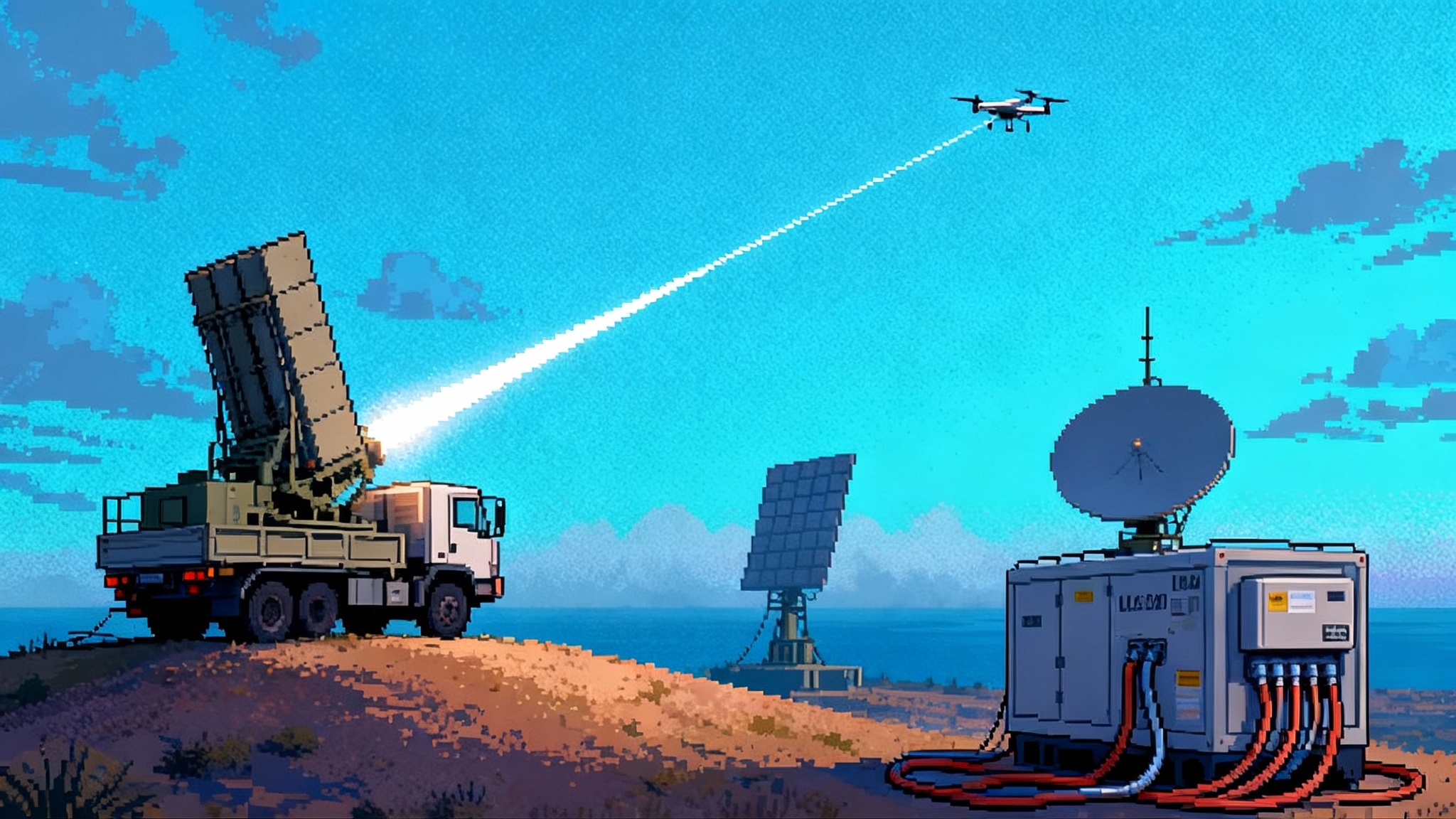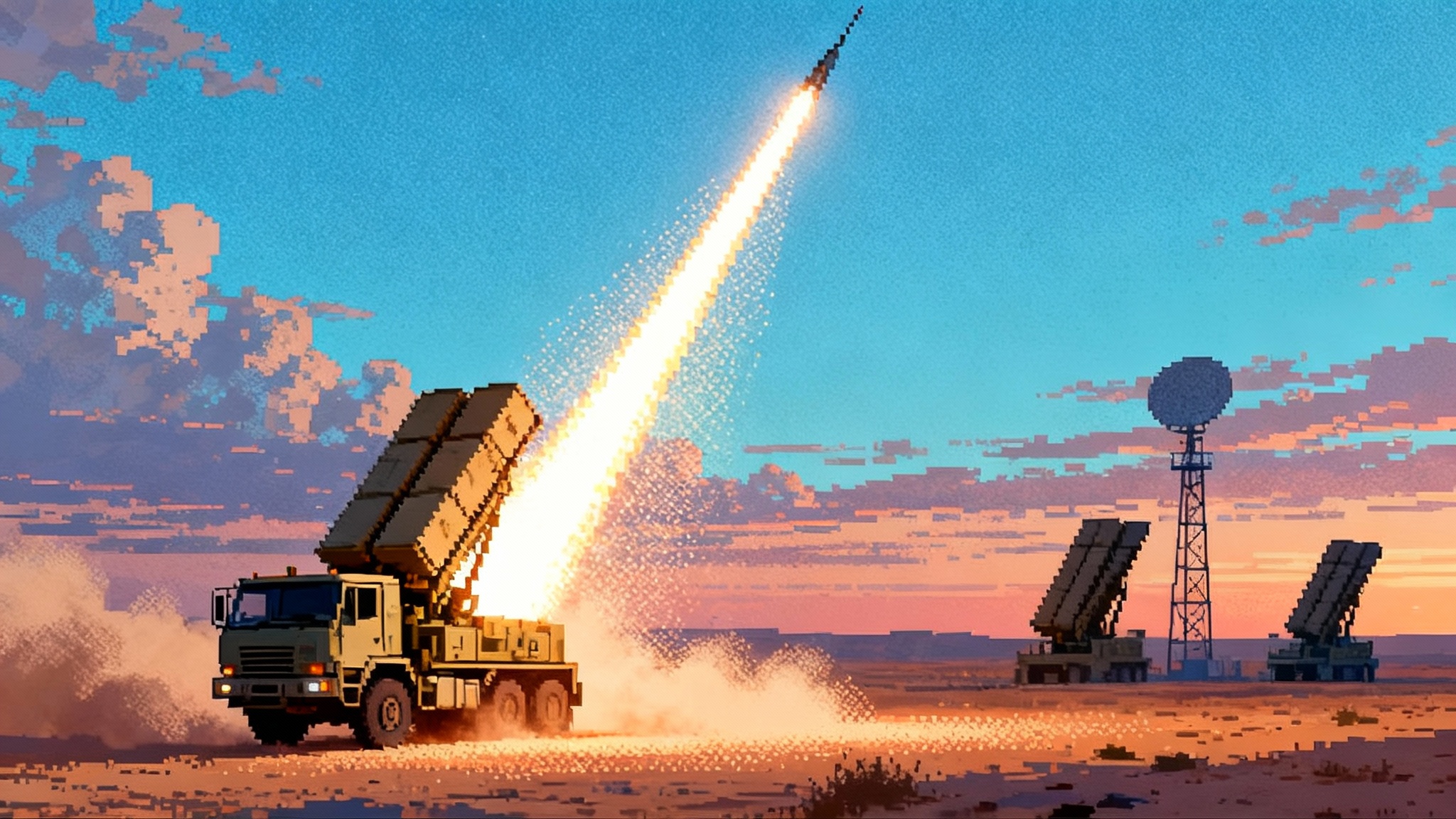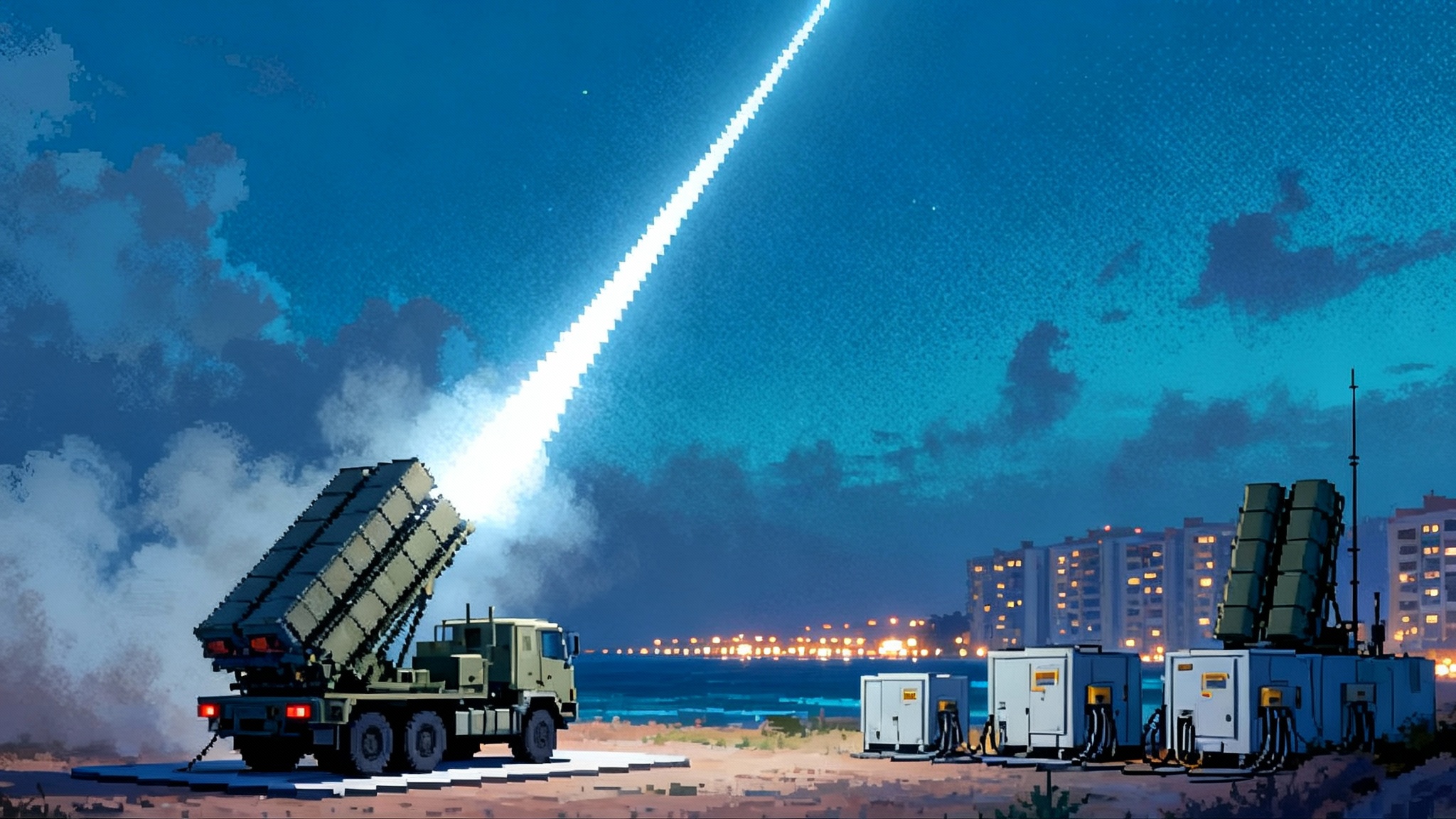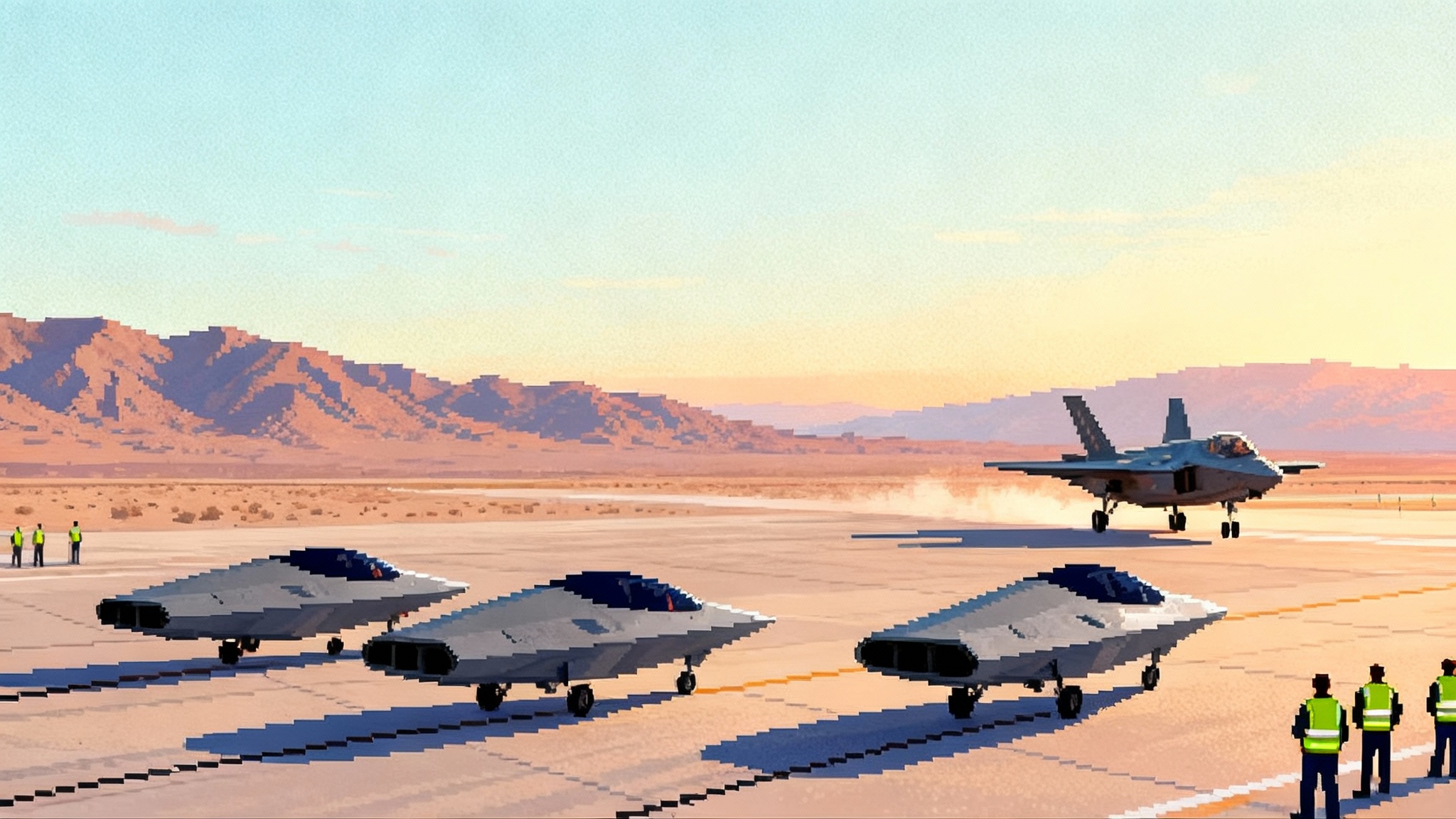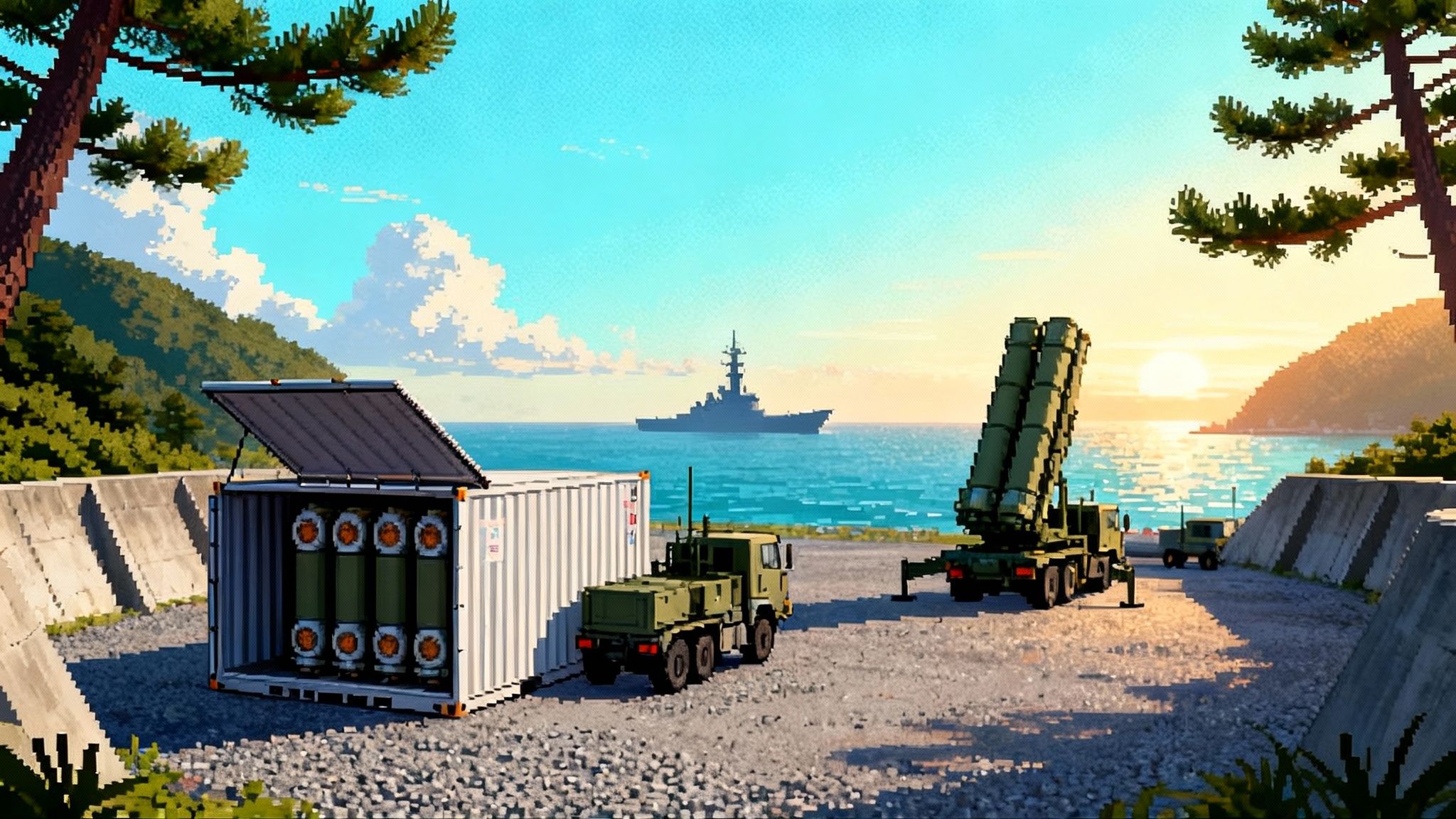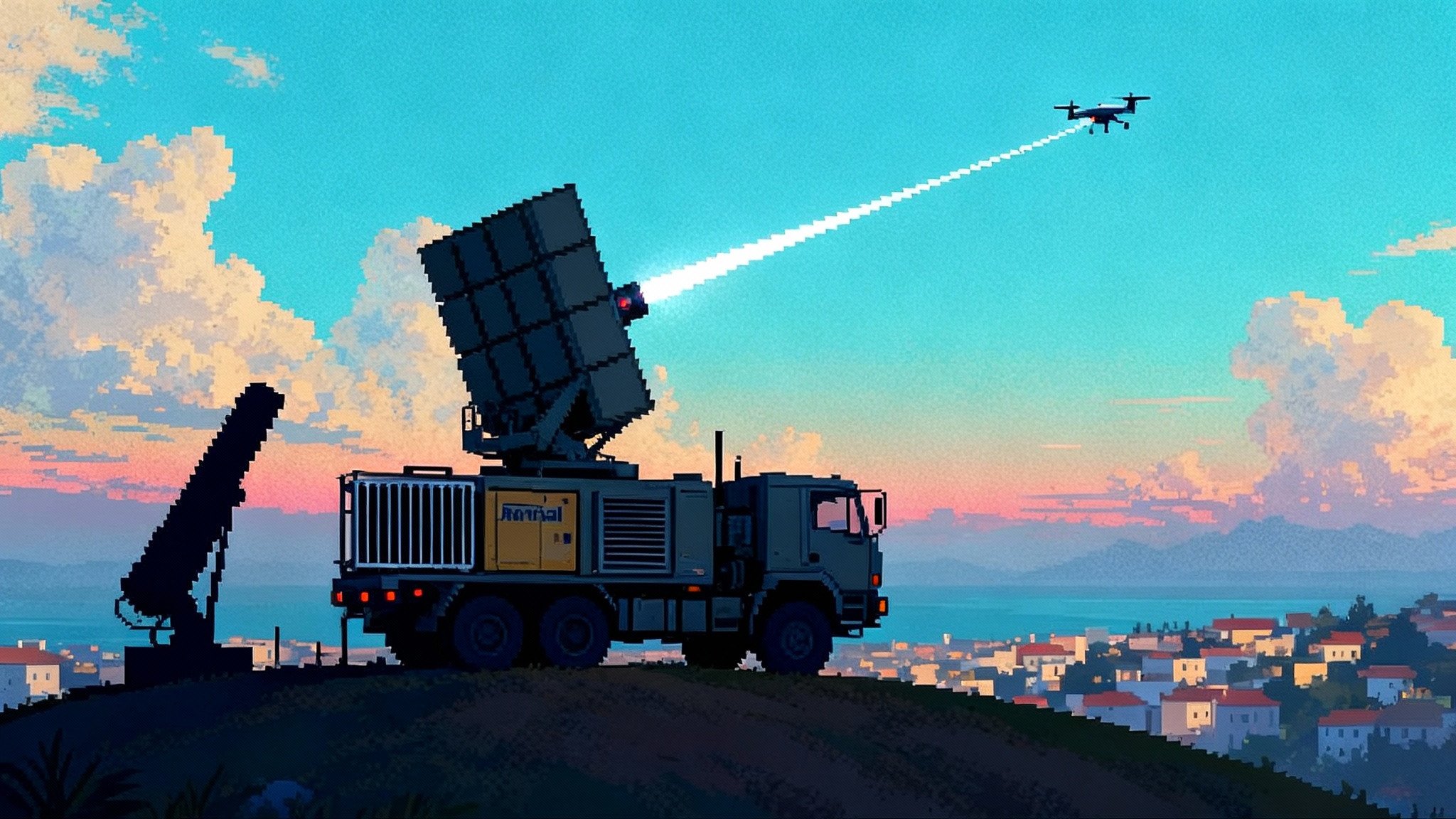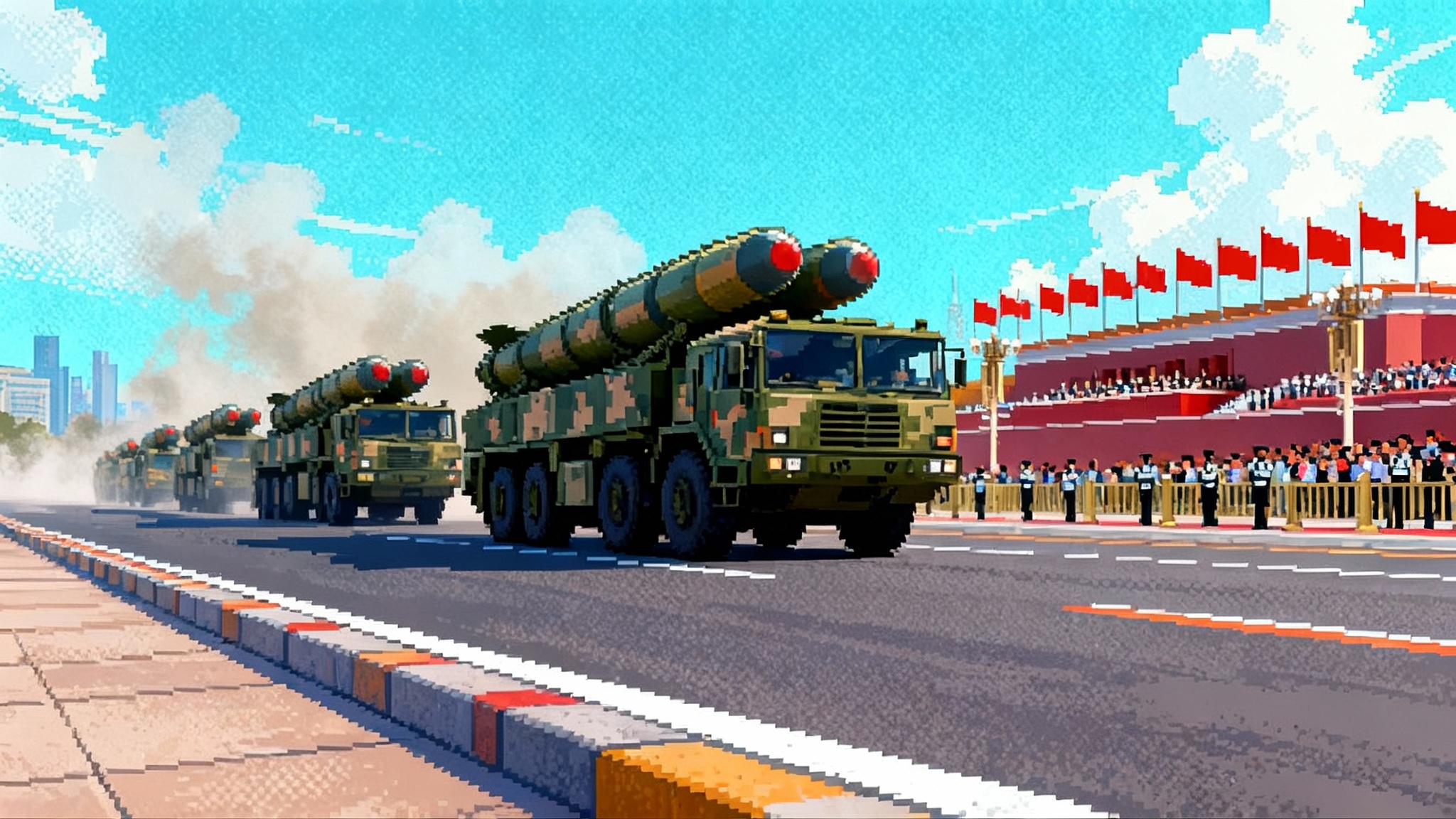Dark Eagle lands in NT, reshaping Indo‑Pacific deterrence
For the first time outside the continental United States, the U.S. Army deployed its Dark Eagle hypersonic battery to Australia's Northern Territory during Talisman Sabre 2025. Inside the true operational employment, the SM-6 land-to-sea shot, and how a layered land strike network changes deterrence.

A hypersonic first on Australian soil
The U.S. Army’s Long-Range Hypersonic Weapon, better known as Dark Eagle, quietly rolled into Australia’s Northern Territory in July during Talisman Sabre 2025. The Army called it the first operational employment of the system west of the International Date Line and outside the continental United States, meaning a real movement of a battery into theater with command and control plugged into the combined force. The service detailed the unit, dates, and Northern Territory locations in its own write-up, which explains the goal was to deploy, position, and exercise C2 in a forward setting rather than stage a one-off launch. See the Army overview of Dark Eagle at TS25.
Why it matters
- Credible presence: Moving a hypersonic battery across the Pacific and onto Australian roads shows it can be positioned inside the first and second island chains on short notice.
- Real integration: The battery’s networks and crews operated inside a joint and combined C2 environment, not a static display.
- Deterrence signal: Forward hypersonic options ashore, paired with other land-based fires, complicate an adversary’s planning.
What “operational employment” looked like
In practice, operational employment meant the battery deployed from home station, moved heavy launchers and support vehicles into the Northern Territory, emplaced in designated hides, established secure communications, and integrated with the joint and combined fires enterprise. Crews rehearsed the full sequence from alert to execution short of an actual launch: digital targeting, sustainment checks, ordnance handling drills, range deconfliction, electromagnetic discipline, and force protection at austere sites.
How 3rd MDTF meshed with Australian forces
The 3rd Multi-Domain Task Force (MDTF) exists to stitch together sensors, shooters, and decision makers across services and allies. In northern Australia it paired with Australian Army formations to validate combined targeting and battle rhythm. The unit’s Land Effects Coordination Center served as the hub for shared target lists, synchronized fires, and deconfliction across airspace, electromagnetic effects, and maneuver. This is the quiet plumbing that lets an Australian sensor and a U.S. space cue feed a U.S. Army land launcher as one team.
A layered land strike architecture comes alive
Dark Eagle did not fire during TS25, but the Army’s Mid-Range Capability (MRC) Typhon did. An SM-6 missile launched from a land-based MRC battery executed a land-to-sea engagement that sank a maritime target off Australia. It was the first Army firing of the system outside the continental United States and it validated combined targeting and C2 with Australian counterparts, as noted in the Defence wrap and SM-6 live fire.
Put together, this is a layered ashore strike network:
- Dark Eagle for theater-level, time-critical targets.
- MRC Typhon with SM-6 and Tomahawk for fast, flexible anti-ship and land attack shots. For context on land-based deep strike posture, see our Typhon in Japan analysis.
- HIMARS with Precision Strike Missile, which Australia fired for the first time during TS25, for shorter-range precision.
These layers give commanders the ability to choose the right arrow for the target without overusing scarce hypersonic rounds.
Basing access and the politics of repeat rotations
Predictable access underpins all of this. Australia and the United States built it over a decade of Marine Rotational Force Darwin, shared infrastructure in the Northern Territory, and new posture initiatives. Episodic rotations of high-end systems, rather than permanent basing, keep politics manageable while giving planners options. Canberra has signaled support for deeper integration, but each rotation will trigger debates about range safety, environmental approvals, and expected diplomatic pushback from Beijing. A steady, transparent pattern of deployments that bring training and industry benefits to the Northern Territory will help sustain support. Australia’s broader modernization, from land-based fires to autonomous undersea systems such as the program highlighted in Ghost Shark goes fleet, adds context for these choices.
Mobility and survivability of a hypersonic battery
A Dark Eagle battery is large but not fixed. Launchers are road-mobile on heavy tractors and trailers, supported by a Battery Operations Center, power units, and reload vehicles. In northern Australia that means sealed roads and dirt tracks into hides, with ample room to disperse across training areas and pastoral leases. Mobility buys survival. Frequent displacement, strict emission control, decoys, and camouflage complicate an adversary’s kill chain. Layered air defenses, counter-ISR teams, and deception help the battery ride out early salvos while logistics teams keep fuel, spares, and reloads flowing.
Command, control, and targeting with allies
Hypersonic and mid-range fires are only as good as their targets and decision loops. During TS25, 3rd MDTF and Australian partners compressed find-fix-finish timelines. The Land Effects Coordination Center synchronized targets across land, air, maritime, cyber, and space contributors, with deconfliction for naval task groups and air corridors. Building on space-based cues and resilient data paths aligns with the Pentagon’s emerging LEO mesh approach described in our look at the LEO mesh network.
How China will try to counter it
Beijing’s playbook includes ISR saturation, electronic warfare and cyber against SATCOM and GPS timing, long-range strike against launchers and C2, and political pressure on host nations. The counters are movement, deception, and hardening: disperse often, mask emissions, employ decoys, harden and diversify comms, pair batteries with counter-ISR and air defenses, and maintain multiple host-nation venues so no single port or range becomes a single point of failure.
The logistics signal, quantified
TS25 ran for three weeks with more than 40,000 personnel from 19 nations and two observers. Highlights included large amphibious operations, a joint force entry by U.S., French, and German paratroopers, the first Australian HIMARS live firing with PrSM, and the MRC SM-6 shot that sank a ship target. A closing ceremony event in Lae, Papua New Guinea, marked the first time a Talisman Sabre component was held outside Australia. These movements demonstrate lift capacity, host-nation agility, and endurance.
The sea-based piece clicks into place
Dark Eagle on land is half the story. At sea, the Navy’s Conventional Prompt Strike (CPS) program advanced with a successful end-to-end flight test in May 2025 using cold-gas ejection and ongoing refits of Zumwalt-class destroyers with large-diameter tubes. The Army and Navy share a common all-up round, spreading production learning and accelerating doctrine. When CPS goes to sea alongside a land-based Dark Eagle, commanders gain flexible basing and multiple axes of approach.
Why this is a step change for deterrence
Forward employment of a hypersonic battery in northern Australia, plus a real sinking shot from a land-based SM-6 launcher and an accelerating sea-based CPS path, signals that the alliance can generate theater-relevant strike options ashore and afloat on timelines that matter. It also shows those options are part of an emerging kill web where a target discovered by one node can be struck by another without waiting for perfect alignment.
What to watch next
- Live-fire milestones: Expect additional MRC events in the region and, when range safety and politics allow, a forward hypersonic launch during a test window.
- Production cadence: Watch budget lines and industry updates on glide bodies, canisters, and motors that pace inventory growth for Army and Navy.
- Australian politics on rotations: Track debates in Canberra and the Northern Territory on the frequency and profile of future hypersonic and mid-range deployments.
- Allied venues beyond Australia: Japan and the Philippines have already hosted Army mid-range deployments in other exercises, and the venue network is likely to expand.
- Counter-ISR and contested logistics: More red-team pressure in the electromagnetic spectrum, heavier use of decoys, and experimentation with distributed logistics for heavy launchers and reloads are now priorities.
